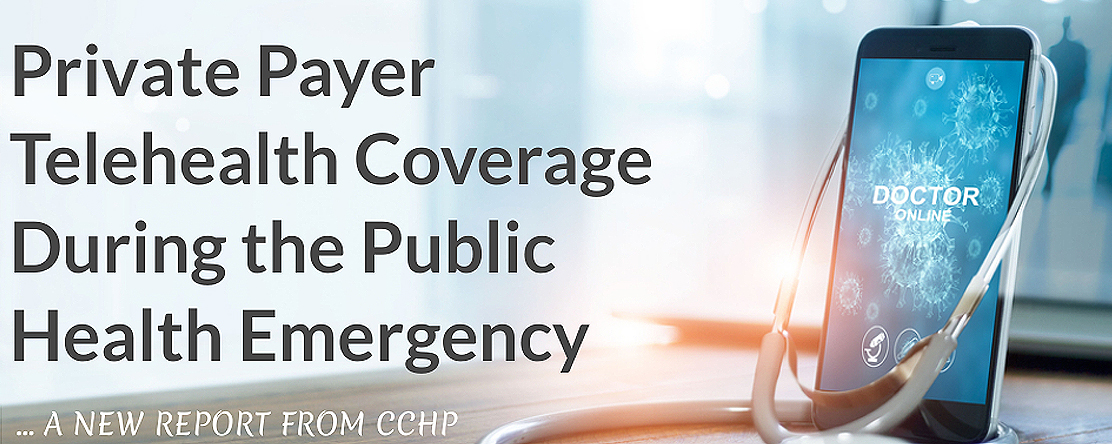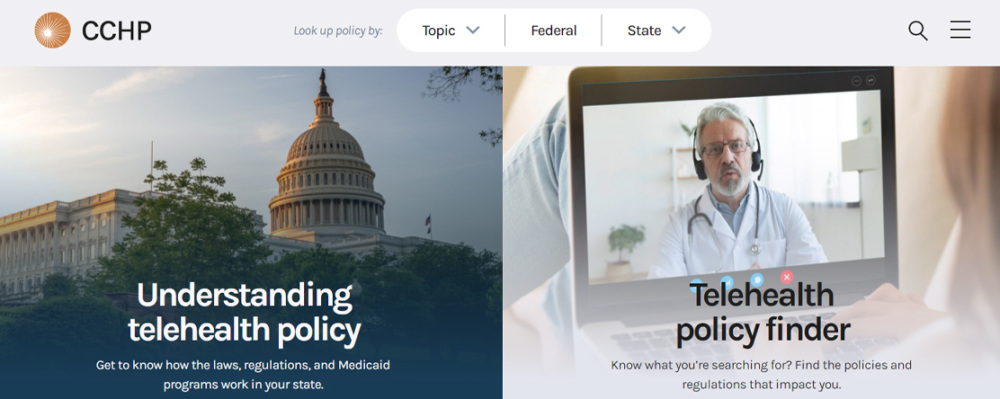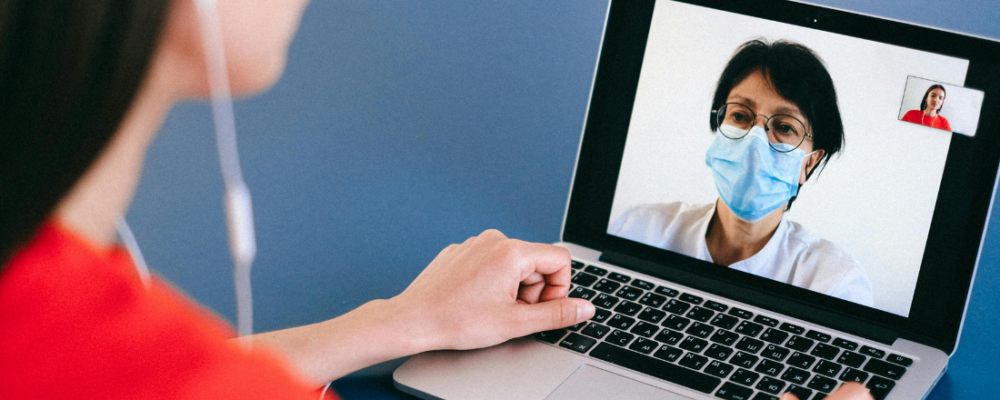
Private Payer Telehealth Coverage During the COVID-19 Pandemic
-
Focus Areas
Data, Technology & Innovation -
Issues
Technology & Telehealth -
Expertise
Technical Assistance -
Programs
Center for Connected Health Policy -
Strategic Initiatives
COVID-19

The COVID-19 pandemic has placed a renewed focus on the United States’ insurance-based health care system. PHI’s Center for Connected Health Policy’s staff analyzed coverage policies and bulletins for the largest U.S. private payers and summarized the findings in this report, Private Payer Telehealth Coverage During the COVID-19 Pandemic.
In March 2020, the largest U.S. health insurers announced that they would waive cost-sharing obligations for COVID-19 tests and treatment, including for telehealth visits. This signaled a different approach from America’s health insurance industry in combating the spread of the virus. What followed was a series of temporary and, in some cases, permanent changes to payer’s telehealth coverage policies.
The report builds on CCHP’s COVID-19 research and resources by detailing the efforts that major U.S. health insurance carriers took to expand telehealth access in response to the pandemic. The eligibility windows for these policy changes ranged from March 2020 through the end of the public health emergency (PHE). CCHP focused the analysis on private payer policies that were implemented prior to November 25, 2020.
Key Findings
- All of the national insurance carriers voluntarily expanded telehealth coverage for their commercial health plans on a temporary basis during the PHE.
- Nearly all major insurers (6 of 7) waived cost-sharing for COVID-19 telehealth treatment services and also for non-COVID primary or urgent care telehealth visits.
- Four major insurers agreed to cover limited out-of-network telehealth services, with at least 1 major payer (Anthem Blue Cross Blue Shield) waiving cost share obligations for out-of-network telemedicine visits through Spring 2020.
- Six major payers agreed to reimburse providers at the in-person rate, including for audio-only services.
- The majority of these expansions expired by the end of 2020, while a limited number of payers aligned expiration with the end of the PHE.
Originally published by Center for Connected Health Policy
Work With Us
You change the world. We do the rest. Explore fiscal sponsorship at PHI.
Support Us
Together, we can accelerate our response to public health’s most critical issues.
Find Employment
Begin your career at the Public Health Institute.


